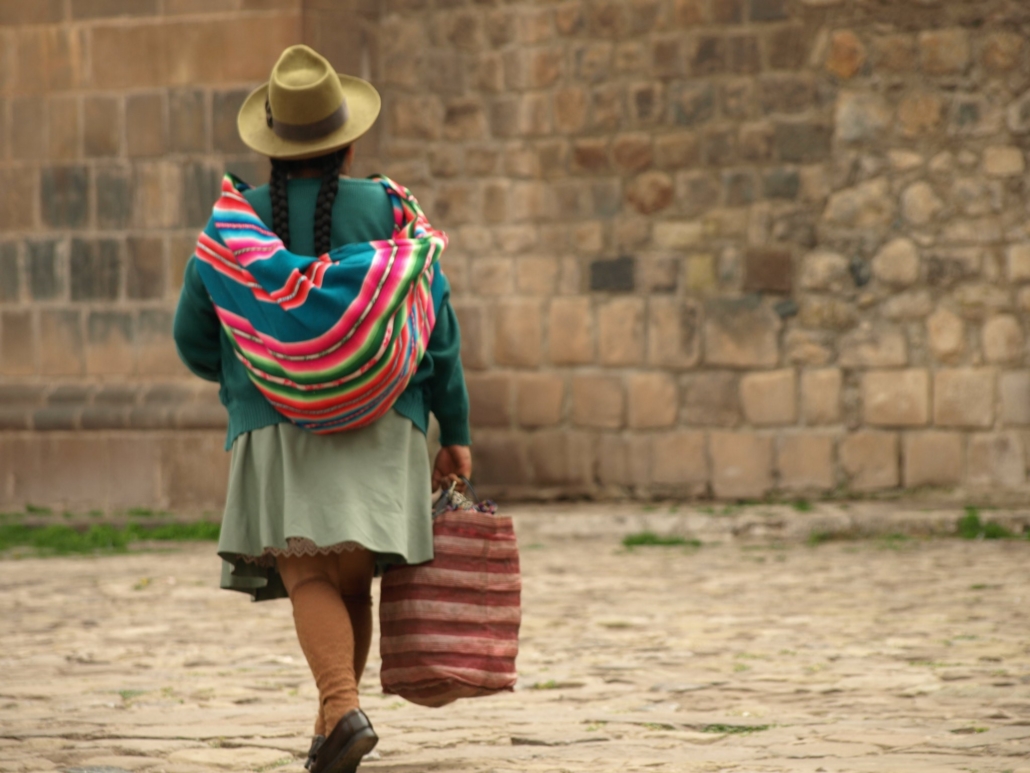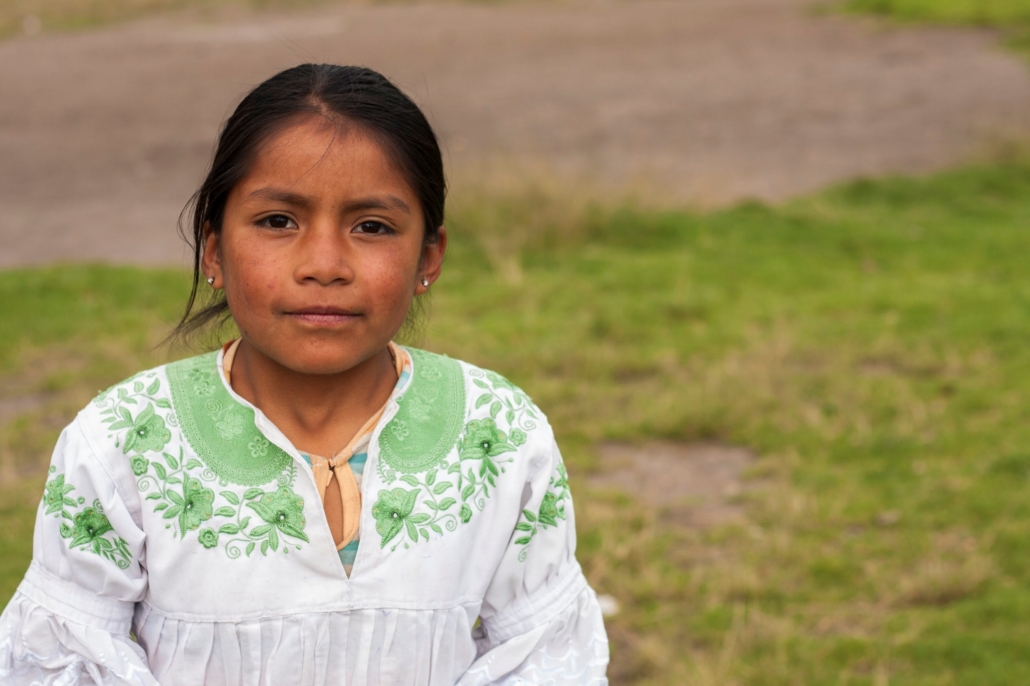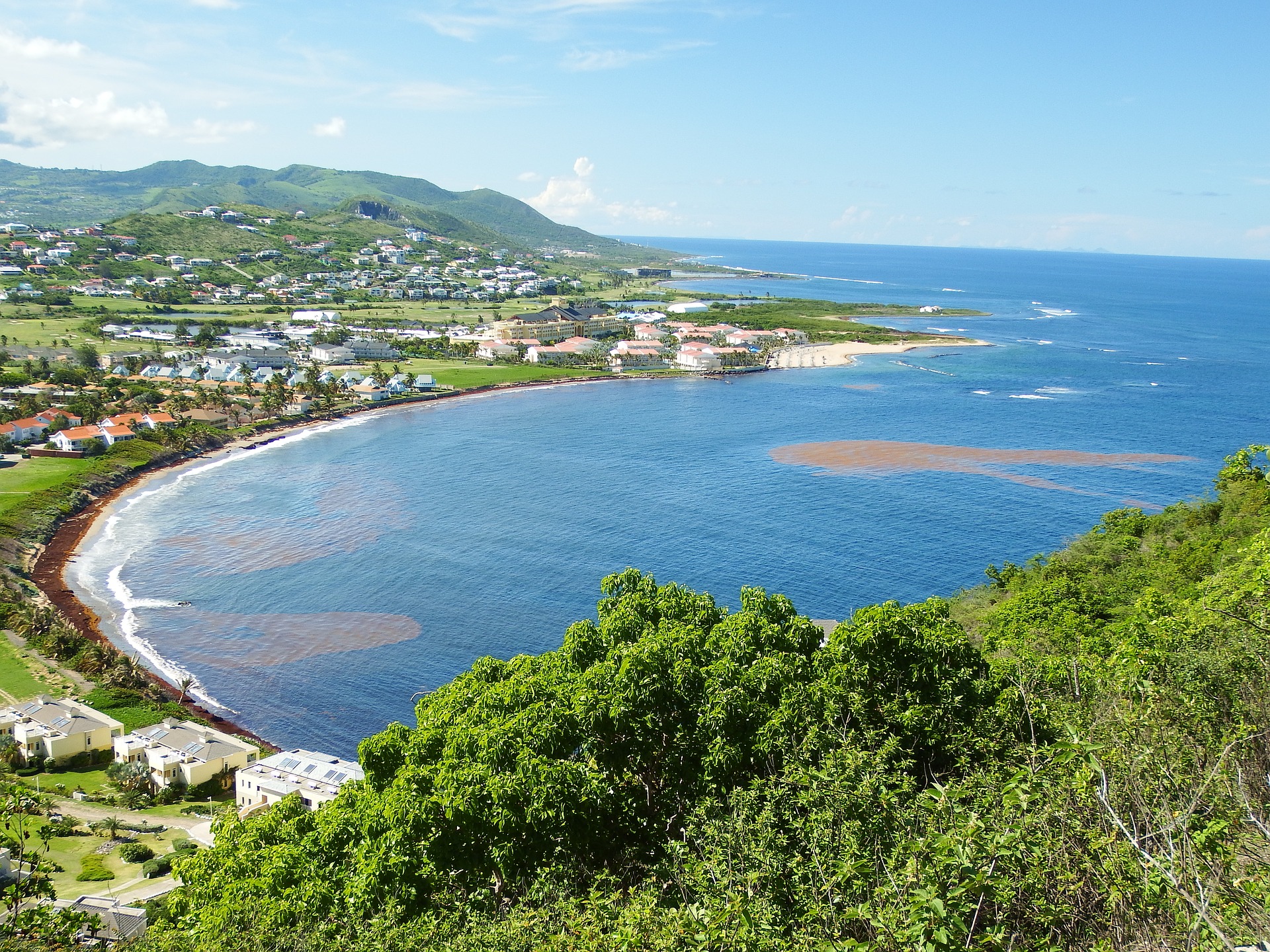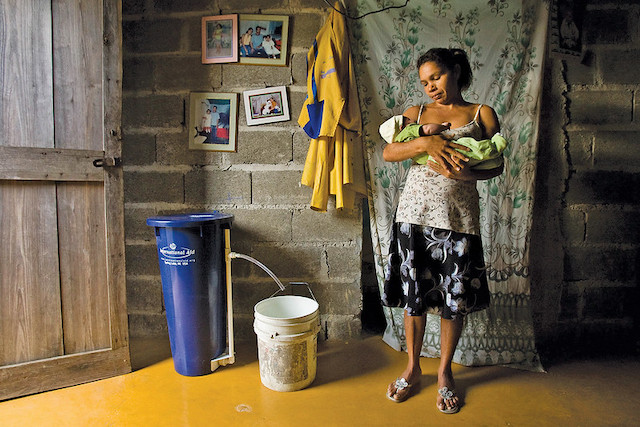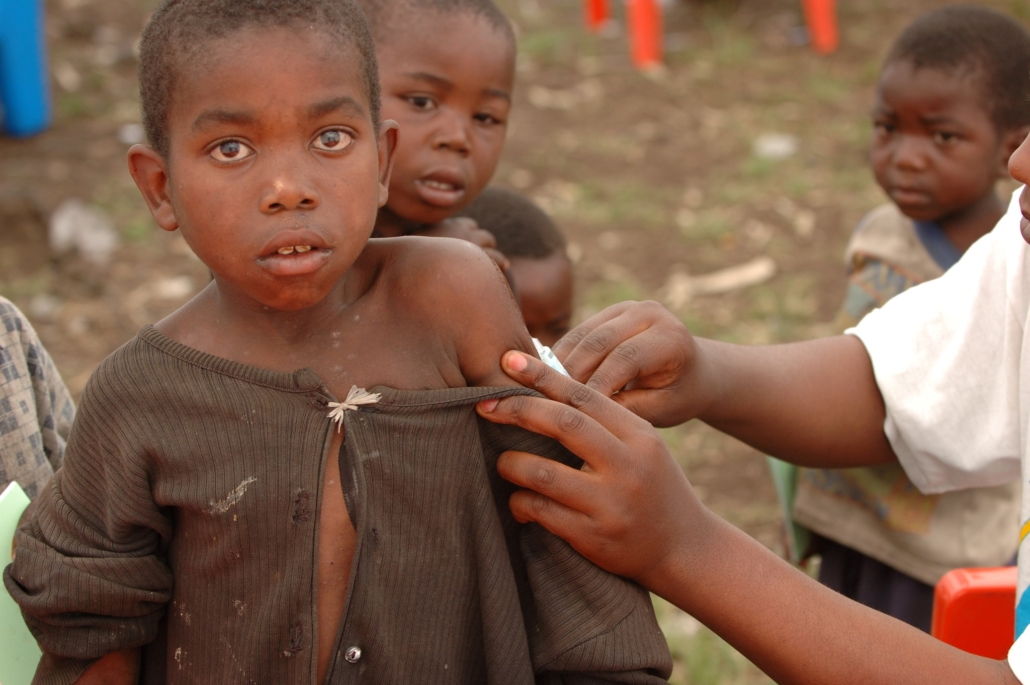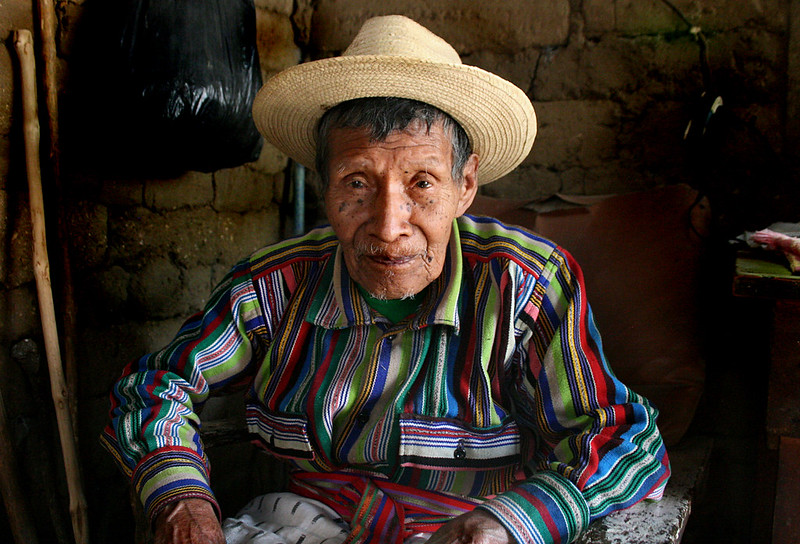 Guatemala has among the highest poverty rates in Latin America and Guatemala’s elderly population is among the most vulnerable. In Guatemala, poverty was estimated at 55.1% of the population in 2023. According to the most recent data, Guatemala has serious public health issues. A third of the population suffers from health problems, such as chronic illnesses, malnourishment and limited access to health care. Nearly 1 million people in Guatemala are 60 years of age or older and a sizable percentage of them experience health issues.
Guatemala has among the highest poverty rates in Latin America and Guatemala’s elderly population is among the most vulnerable. In Guatemala, poverty was estimated at 55.1% of the population in 2023. According to the most recent data, Guatemala has serious public health issues. A third of the population suffers from health problems, such as chronic illnesses, malnourishment and limited access to health care. Nearly 1 million people in Guatemala are 60 years of age or older and a sizable percentage of them experience health issues.
Furthermore, more than 60% of the elderly population in Guatemala live in poverty. These staggering numbers are particularly alarming given the lack of a comprehensive social security system that provides financial stability to the country’s older people. Recognizing this struggle, several organizations and local communities have stepped up to create programs and initiatives that address the economic, medical and emotional needs of older people in Guatemala.
The Pan American Health Organization
In 2018, under the “Take Control of Your Health Initiative,” Don Manuel and other adults from San Jose la Communidad, Mixco, attended weekly health workshops led by trainers trained by the Pan American Health Organization (PAHO). The initiative aims to help participants manage chronic illnesses like hypertension and diabetes. Participants are taught how to control their blood pressure, eat healthier, exercise more, and maintain strong social connections.
World Health Organization (WHO) and PAHO representative Oscar Barreneche noted that the “program empowers older adults to take control of their health and prevent life-threatening complications.” More than 2,000 patients have graduated from the initiative since it started in 2015.
International Volunteers HQ
International Volunteers HQ is another noteworthy organization that has been making a difference since 2007. It stresses the importance of community involvement in supporting elderly individuals. The organization works closely with local leaders and volunteers to identify needy elderly citizens and provide them with tailored support.
One of its essential programs is a home visitation service, where volunteers visit elderly individuals in their homes. The visitors offer companionship, assistance with daily tasks and monitoring their health. This initiative ensures that older people are cared for while strengthening community bonds as younger generations learn the value of caring for older people. In 2023, the organization’s volunteers dedicated 111,149 hours to care for seniors in 27 countries, including Guatemala.
A Brighter Future for Guatemala’s Elderly
Although the challenges facing older adults of Guatemala are significant, the solutions emerging across the country offer hope. Organizations like the PAHO and International Volunteers HQ are leading the way in providing essential services and advocating for the rights of older people. Moreover, local communities are also showcasing that even small grassroots initiatives can substantially impact the lives of older people.
These efforts are not just about providing immediate or short-term relief. They restore dignity, foster a sense of community and ensure that all elderly in Guatemala can live their final years with care, dignity and respect. As these programs continue to expand, they inspire others to follow suit, increasing the prospects of a brighter future for Guatemala’s elderly population.
– Irtija Ahmad
Irtija is based in Slough, UK and focuses on Global Health for The Borgen Project.
Photo: Flickr
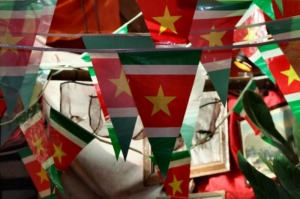 Suriname, ranked second by the Pan American Health Organization (PAHO) for its high
Suriname, ranked second by the Pan American Health Organization (PAHO) for its high
